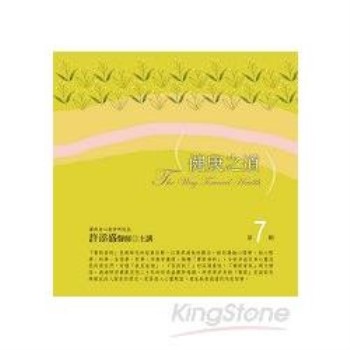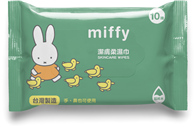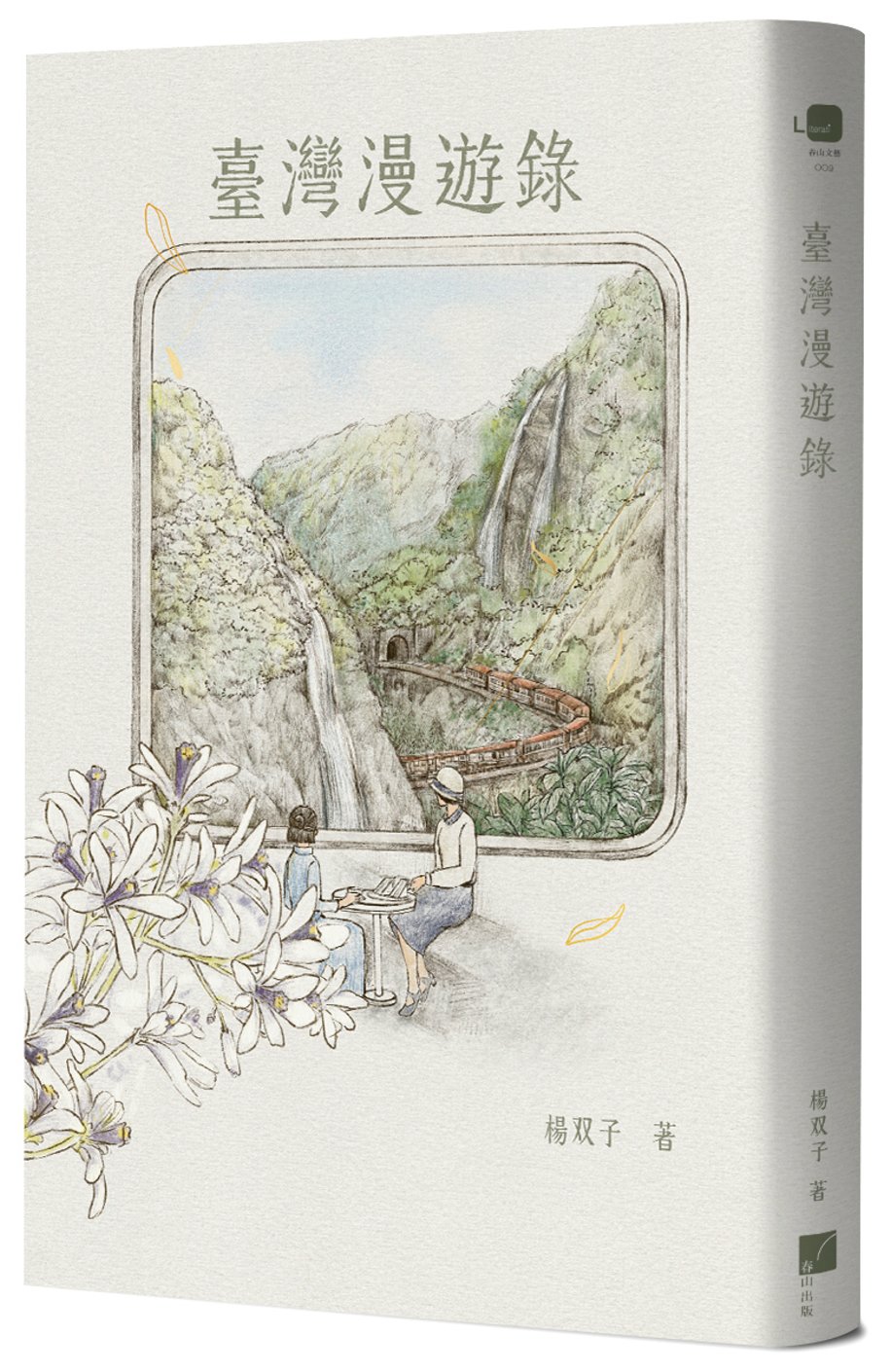This study was dedicated to the use of phosphogypsum - waste from the production of phosphoric fertiliser, lime production waste and gold mining sand to form new construction materials. The results obtained in the uniaxial compressive strength tests reached 8.3 MPa on the 3rd day of curing and 13.5 MPa on the 90th day. The material had a water resistance coefficient of 0.95 at 28 days, water absorption of 8.6% and expansion values on the 3rd day of 1% and 1.5% after a year and a half of curing. The mechanical properties of the materials developed met the requirements of NBR 7.170/83 for solid bricks in classes A, B and C and ceramic blocks in classes 15 and 25. Using XRD, XRF, SEM and EDS, the physico-chemical processes involved in the formation of structures in the new materials were investigated, due to the transformation of crystalline minerals and the synthesis of amorphous substances, similar to the structures present in gypsum.
| FindBook |
|
有 1 項符合
de oliveira s. ferrari的圖書 |
 |
$ 2460 | Phosphogypsum for the production of construction materials
作者:de Oliveira S. Ferrari 出版社:Our Knowledge Publishing 出版日期:2024-12-22 語言:英文 規格:平裝 / 76頁 / 22.86 x 15.24 x 0.46 cm / 普通級/ 初版  看圖書介紹 看圖書介紹
|
|
|
圖書介紹 - 資料來源:博客來 評分:
圖書名稱:Phosphogypsum for the production of construction materials
|











